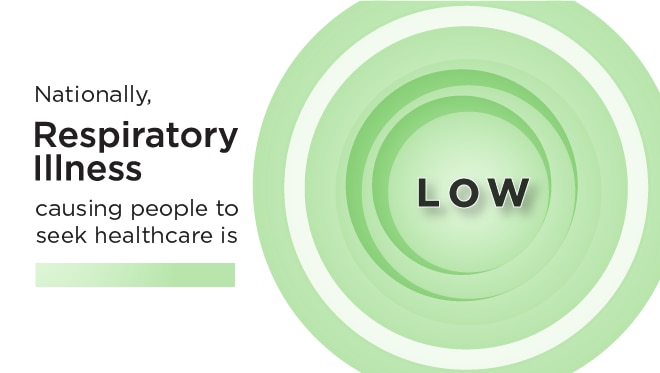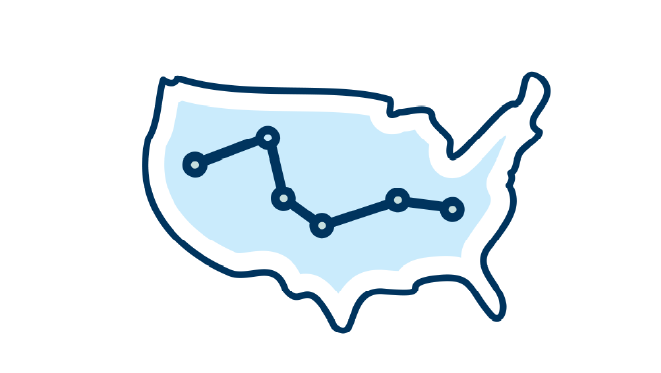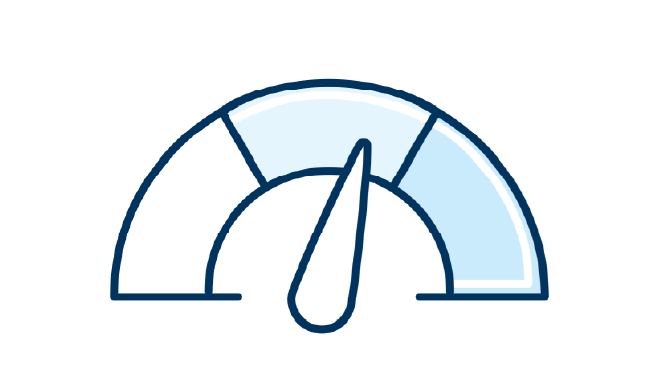What to know
- As of March 28, 2025, the amount of acute respiratory illness causing people to seek health care remains at a low level.
- Seasonal influenza activity continues to decline.
- COVID-19 and RSV activity are declining nationally to low levels.

Season Outlook
The CDC has determined that the highest hospital demand for COVID-19, flu, and RSV to date this season occurred during the week ending February 1, 2025, and it was lower than the peak demand from last season. However, influenza activity remains high in most areas.
The peak hospital demand due to COVID-19 during this fall and winter respiratory season was lower than all previous seasons, and nearly 50% lower than the peak demand last season.
CDC does not anticipate producing additional respiratory disease outlook updates during the remainder of the 2024-2025 season. Read the entire 2024-2025 Respiratory Season Outlook - February Update (2/19/2025).
Protect yourself and your community
- Safeguard your health - Get the latest information from Vaccines.gov
- Order 4 free at-home COVID-19 tests today on COVIDTests.gov
- Explore resources and recommendations for older adults - Stay informed and protected
- Review tailored health recommendations for high-risk individuals
- Feeling ill? Take immediate steps to protect yourself and others – Start here
- Have symptoms? Consider wearing a mask
- Take action against germs – Practice good hygiene
- Got questions? Check out our FAQs
Continue exploring these data
Explore related data
Anticipated trends for COVID-19 infections, based on modeling, are displayed at the national and state levels.
Wastewater (sewage) data specific to SARS-CoV-2, the virus that causes COVID-19, are displayed at the national, regional, and state levels. These data can provide an early signal of changes in infection levels.
Nursing home data on vaccinations, cases, and hospitalizations for COVID-19, flu, and RSV are displayed at the national and state levels.




